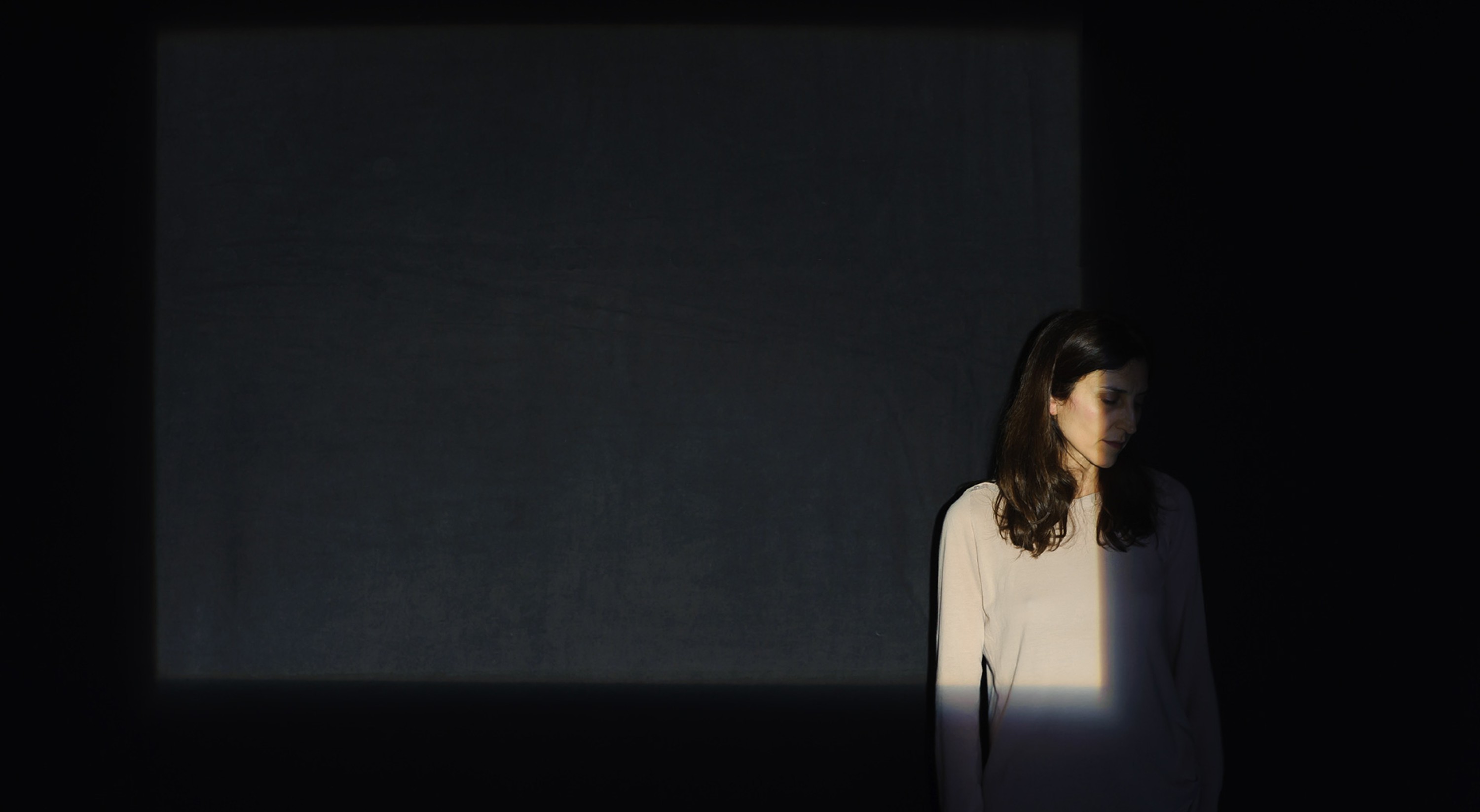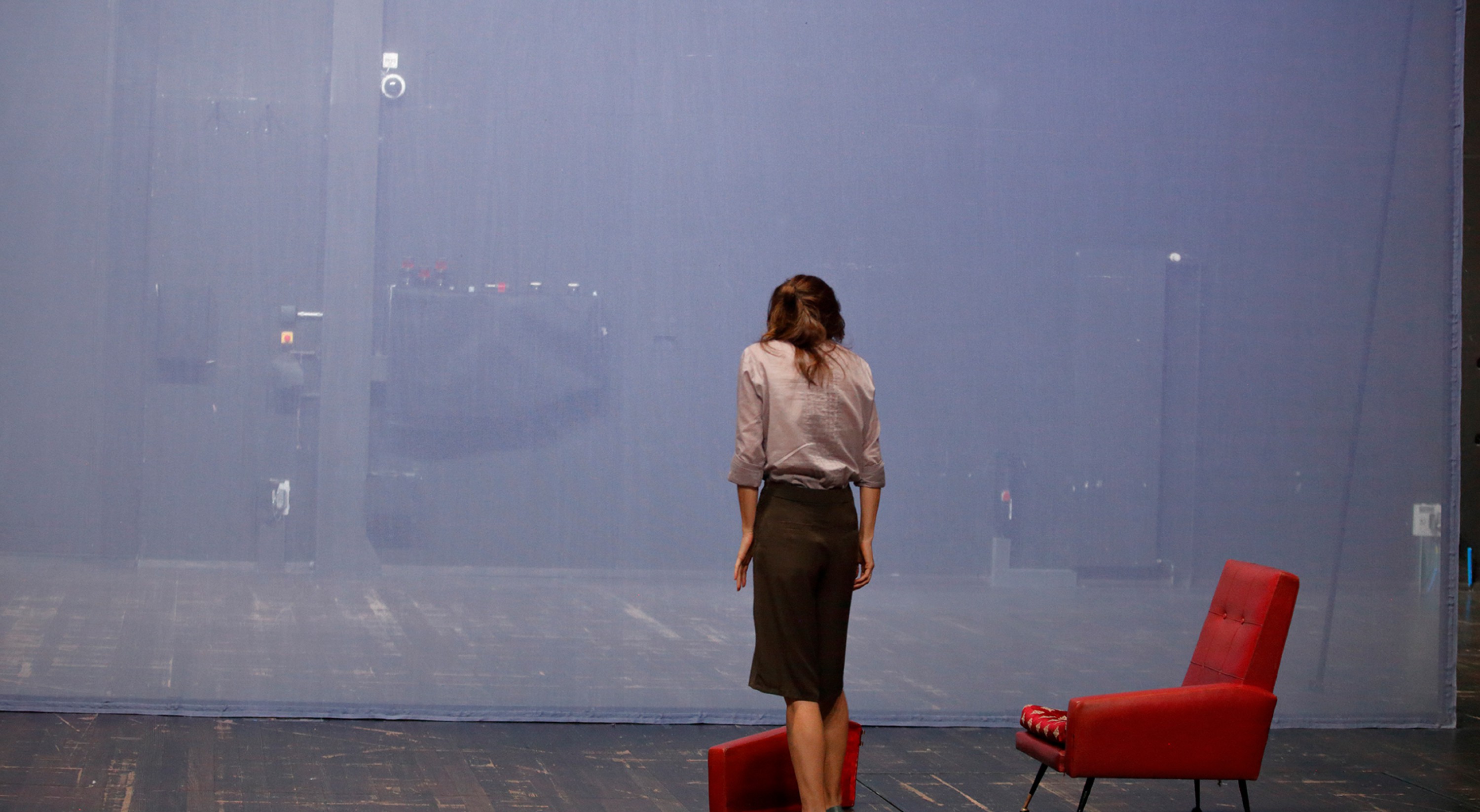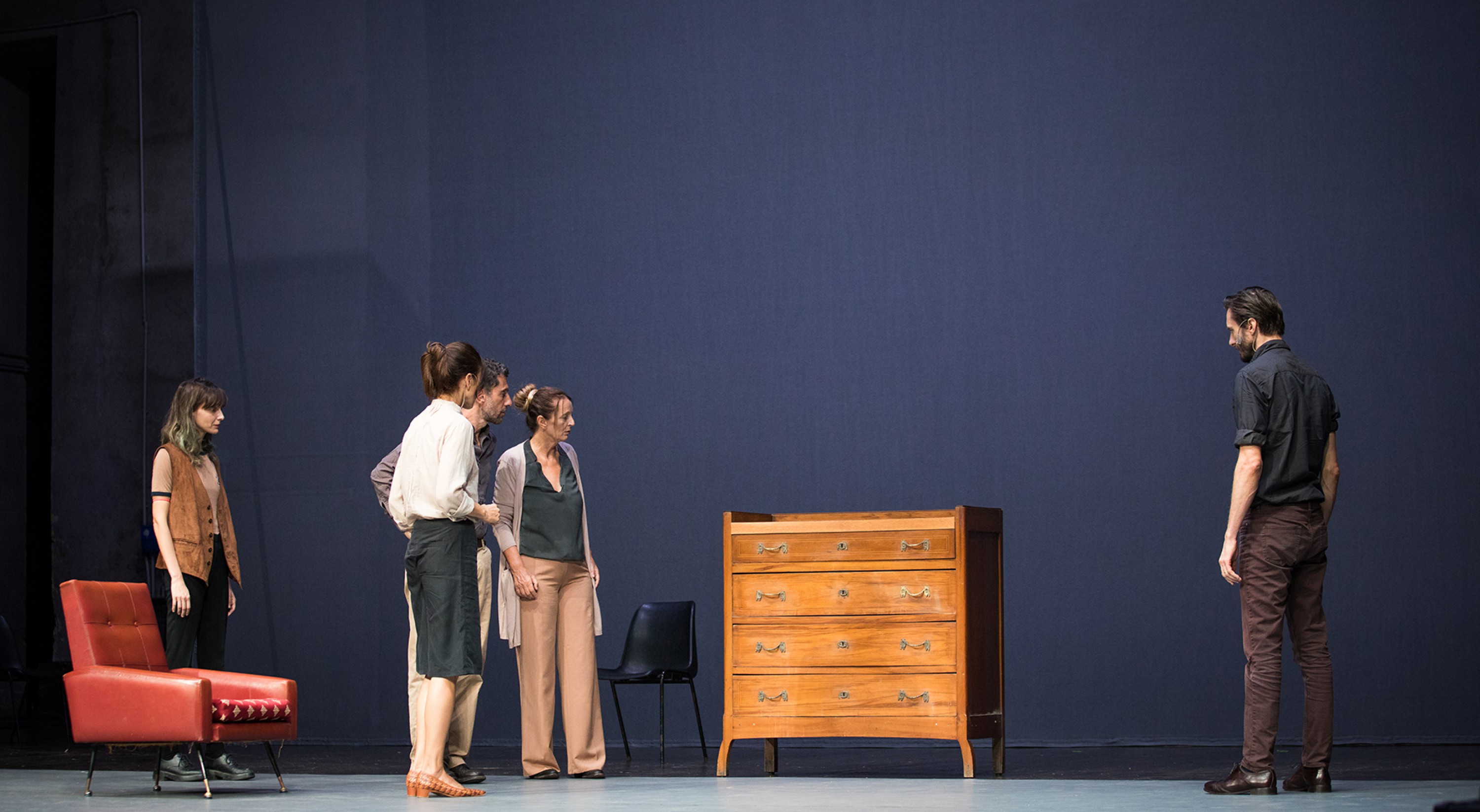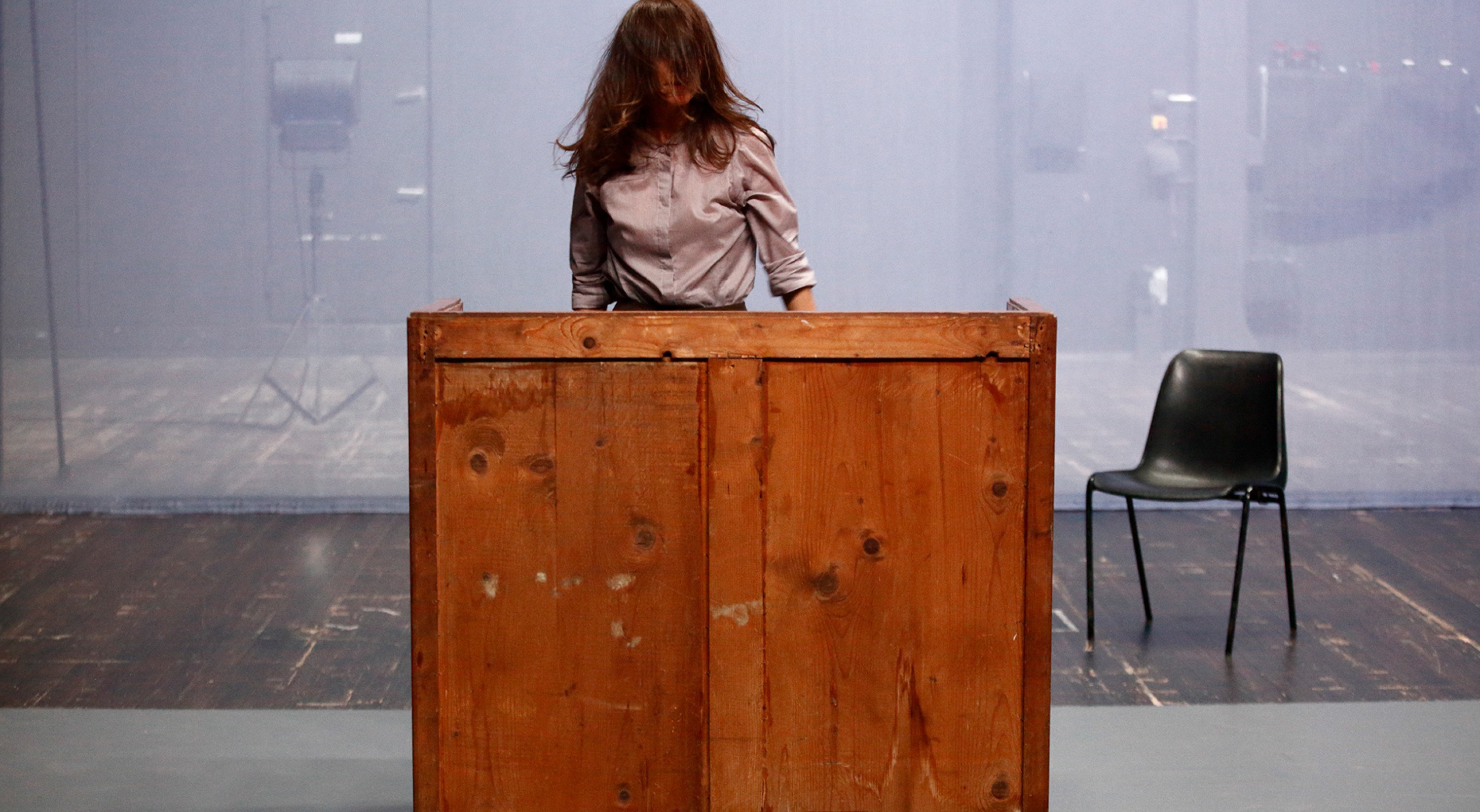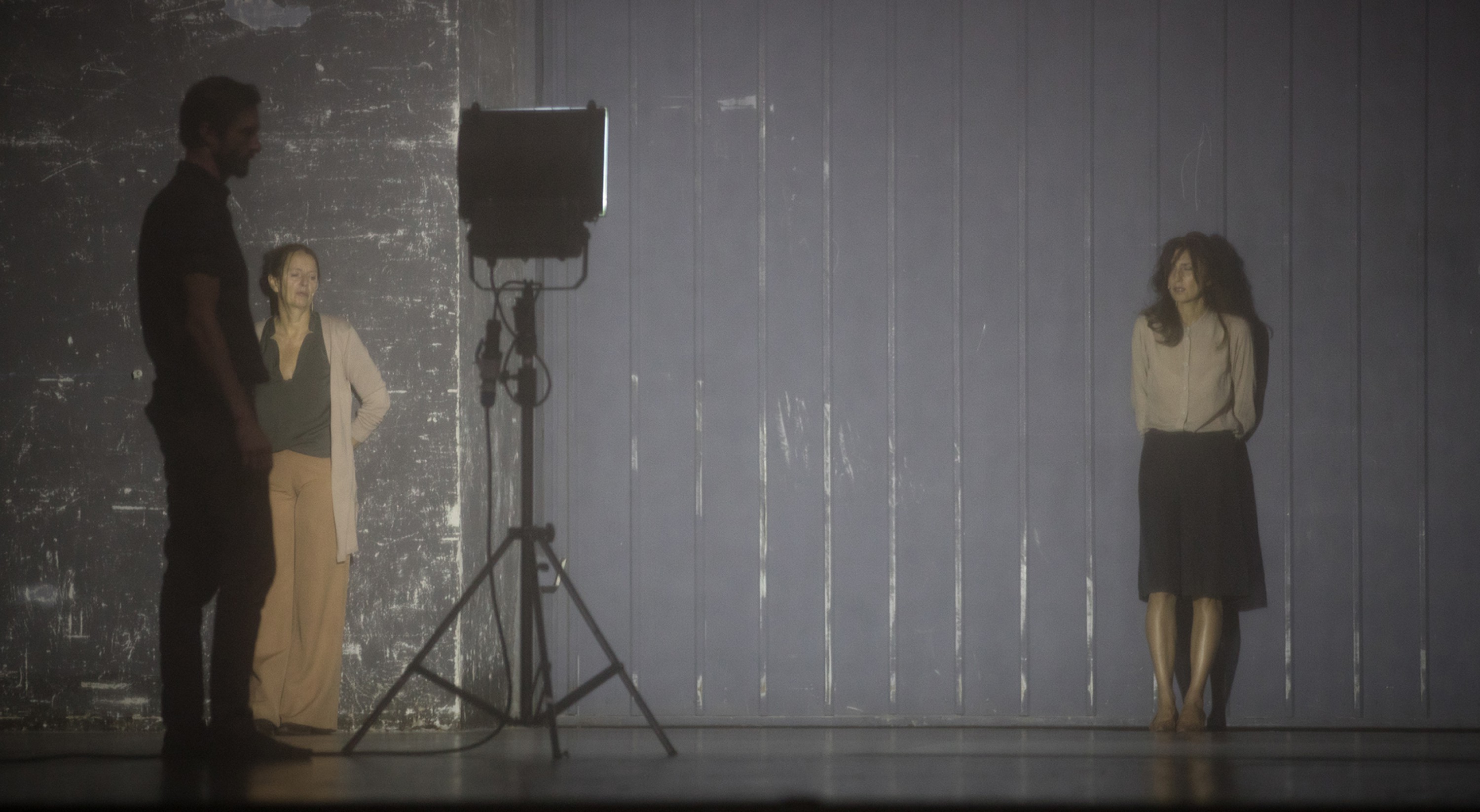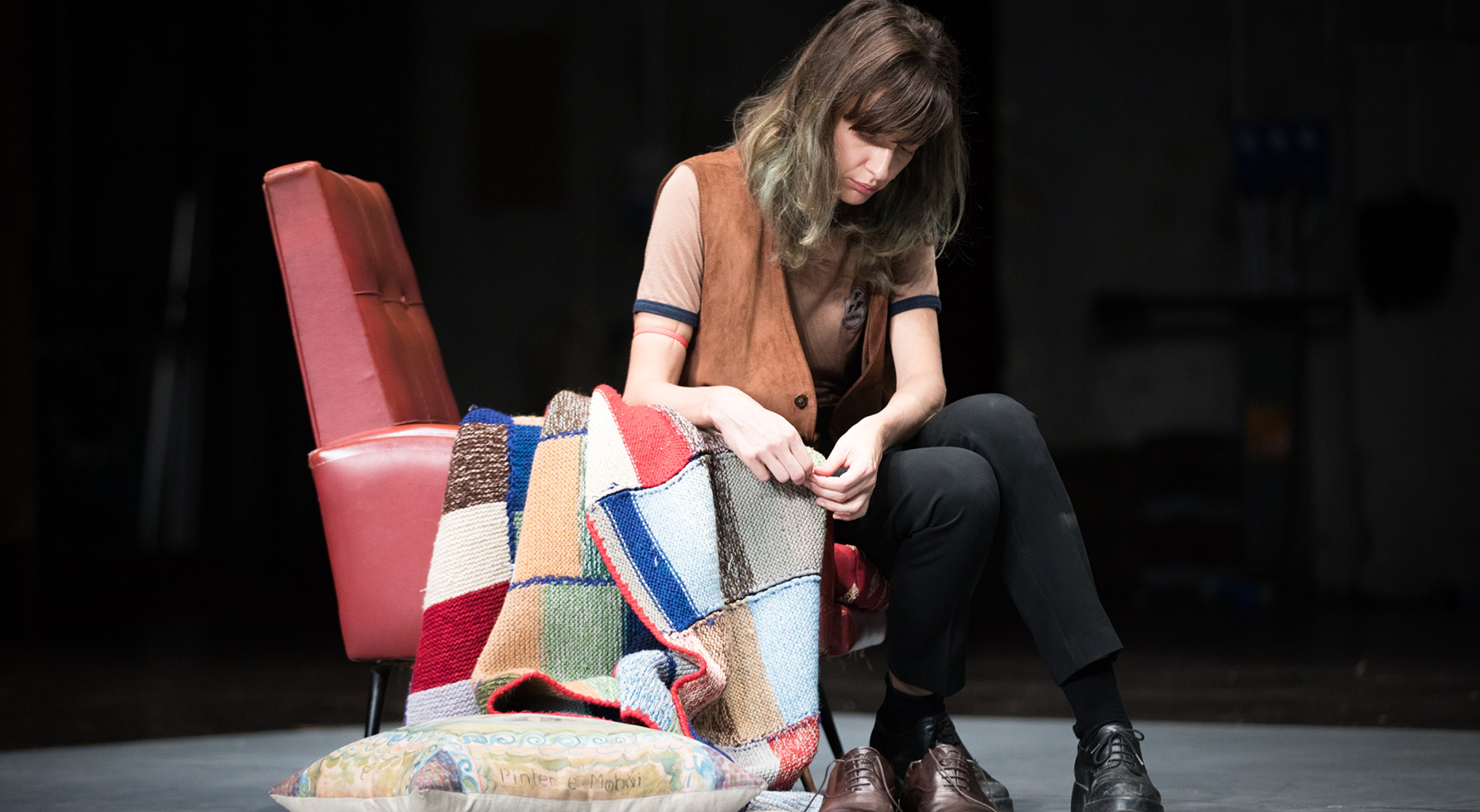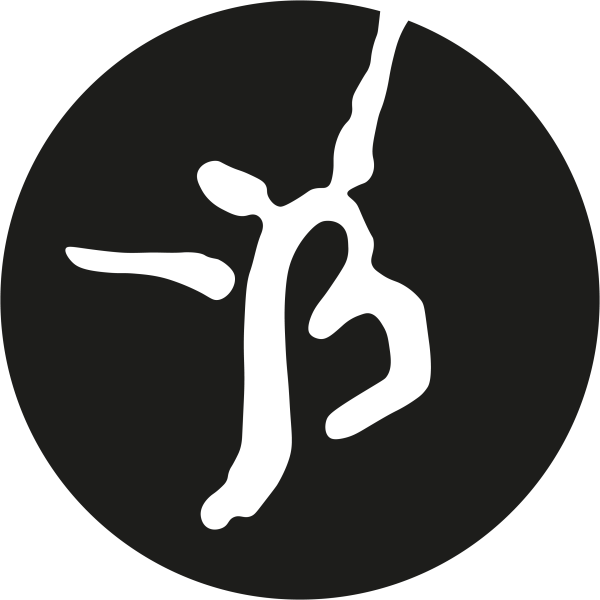Daria Deflorian Antonio Tagliarini
Quasi niente
octoberoct 23 – 31
A project by Daria Deflorian and Antonio Tagliarini
Loosely adapted from the film Red Desert by Michelangelo Antonioni
With Francesca Cuttica, Daria Deflorian, Monica Piseddu, Benno Steinegger, Antonio Tagliarini
Collaboration, Francesca Cuttica, Monica Piseddu, Benno Steinegger
Artistic advisor, Attilio Scarpellini
Lighting, Gianni Staropoli
Costumes, Metella Raboni
Sound, Leonardo Cabiddu and Francesca Cuttica (WOW)
Dramaturgical collaboration and assistant director, Francesco Alberici
Translation and French subtitles, Federica Martucci
Technical direction, Giulia Pastore
Organisation, Anna Damiani
help and international tour, Francesca Corona / L’Officina
A production by A.D. ; Teatro di Roma – Teatro nazionale ; Teatro Metastasio di Prato ; and Emilia Romagna Teatro Fondazione
A coproduction by Théâtre Garonne – scène européenne (Toulouse) ; Romaeuropa Festival ; LuganoInScena – Lugano Arte e Cultura ; Théâtre de Grütli (Geneva) ; La Filature, Scène nationale (Mulhouse) ; Théâtre de la Bastille (Paris) ; and Festival d’Automne à Paris
With support from Institut Culturel Italien de Paris, l’Arboreto – Teatro Dimora de Mondaino, FIT Festival – Lugano
In association with Théâtre de la Bastille (Paris) ; Festival d’Automne à Paris
With support from Onda
First performed on 2 October 2018 at LAC – Lugano Arte e Cultura
In the folds of the silence of Antonioni’s masterpiece, Red Desert, the inspiration behind Daria Deflorian and Antonio Tagliarini’s latest production, the duo listen to Giuliana, the film’s main character : “What should I do with my eyes? What should I look at ?”. Following in her footsteps, they decide to look not at what comes to pass, but what is there and what we cannot or, can no longer, see.
––––––
Estimated running time : 1h40
Performed in Italian with French subtitles
In the same place
